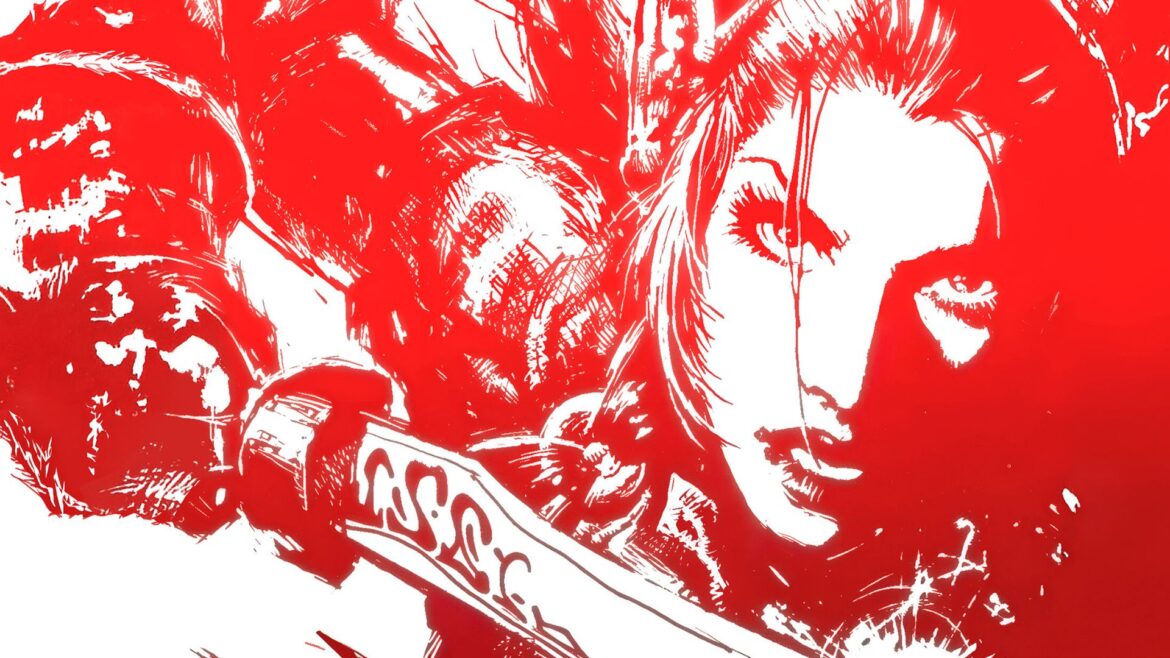PlayStation 2 hack-and-slash The Lord of the Rings: The Two Towers is a mainstay of the ports being begged for on the GOG dreamlist (though it doesn’t rank as high as bona fide classics like Silent Hill and The Simpsons: Hit & Run, of course). According to my memories of 2004 it deserves the nomination, because The Two Towers let you recreate the battle of Helm’s Deep and that’s always amazing whether you’re modding it into Left 4 Dead 2 or playing Lego Lord of the Rings.
It’s not likely we’ll ever see a PC port of The Two Towers, but fortunately its creator, Stormfront Studios, made a similar hack-and-slash shortly after and that is on PC, with a rerelease by SNEG showing up on Steam. It’s Forgotten Realms: Demon Stone, which may lack the cool moments where movie Viggo Mortenson transforms into polygon Viggo Mortenson and then you get to slice up some ringwraiths, but is otherwise very much in the same mold.
(Image credit: SNEG)
Which is to say it’s a fixed-camera button-masher that throws you into epic fantasy battles with a lot of orcs, though since this is based on a Dungeons & Dragons setting there are also some bugbears and githyanki and whatnot. Right from the off you’re in the middle of a battlefield being divebombed by a dragon, with conveniently placed war machines just waiting for you to cut the ropes and hurl medieval implements at people who probably deserve it.
Related articles
The combat may be button-mashy, but as someone who resents games that expect me to lock on to one enemy rather than wildly swinging my longsword/paired daggers/magic staff at everyone in the vicinity, sometimes I’m in the mood for that. As you biff bad guys in Demon Stone their armor flies off, which helps to sell the impact, and there are plenty of opportunities to shove them off cliffs, into fires, down holes, or into a magical pool of death water that should probably have a guard rail.
You play as three adventurers, a fighter, sorcerer, and half-drow rogue, caught in a war between two extraplanar armies. There’s the githyanki, ruled by a queen who is everything Lae’zel wants to be when she grows up, and the slaad, chaotic toad people whose boss Ygorl is voiced by Michael Clarke Duncan from The Green Mile. (Patrick Stewart also narrates from the point of view of local wizard Khelben Blackstaff.)
(Image credit: SNEG)
Though co-op was a standard feature for games like this, Demon Stone’s purely singleplayer. That means you can switch between characters as you like rather than being stuck with Gimli (though sometimes the party is split and your choice restricted). Where the fighter’s a basic sword-swinger and the sorcerer better at range, the rogue can duck into convenient patches of sparkling shadow to turn temporarily invisible, then get behind enemies for a one-hit kill. It looks ridiculous, but is actually pretty fun, which is Demon Stone all over.
When it takes away your freedom of choice, it’s less fun. Having to protect the sorcerer against endless waves of enemies while he does a magic thing, for instance, or when a boss conveniently paralyzes party members, forcing you to switch to others. The boss issue isn’t helped by every boss having way too many hit points—you learn the pattern to defeating them, then repeat it over and over. In both situations there’s a proscribed thing to do and you just have to do it, where the best parts of Demon Stone are when you’ve got a choice between attacking the orcs on the wall or knocking down the ladders before the next wave comes and you feel like the flow of battle’s under your control.
The 2025 re-release on Steam does come with some improvements the previous version lacked, like a separate volume slider for the music and both borderless and windowed display modes. It’s also locked to the original framerate of 30 fps, and if that’s a dealbreaker for you then enjoy your life, I guess.


